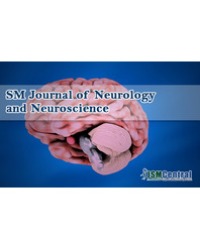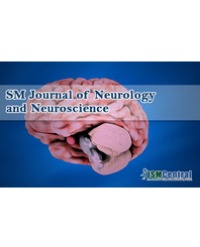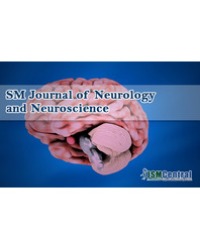
Periictal MRI Findings of Hypervascularity with Restricted Diffusion Contralateral to Gaze Deviation
We present a case report of a child who had a seizure that began during a Magnetic Resonance Image (MRI) scan of her brain. The MRI showed restricted diffusion on Apparent Diffusion Coefficient (ADC) and increased perfusion on Maximum Imaging Projection (MIP) sequence correlating with the area of ictal discharges on electroencephalogram (EEG). Neuroimaging has become crucial in the diagnosis and understanding of seizures, however correlating it with an acute seizure is seldom able to be obtained. In particular, MRI sequences such as Diffusion Weighted Image (DWI), ADC, fluid attenuated inversion-recovery (FLAIR) and MIP images have proven useful in determining the extent and severity of cortical injury in various disease processes.
Rita S Marshall¹*, Sharon Kim and Mary Zupanc



